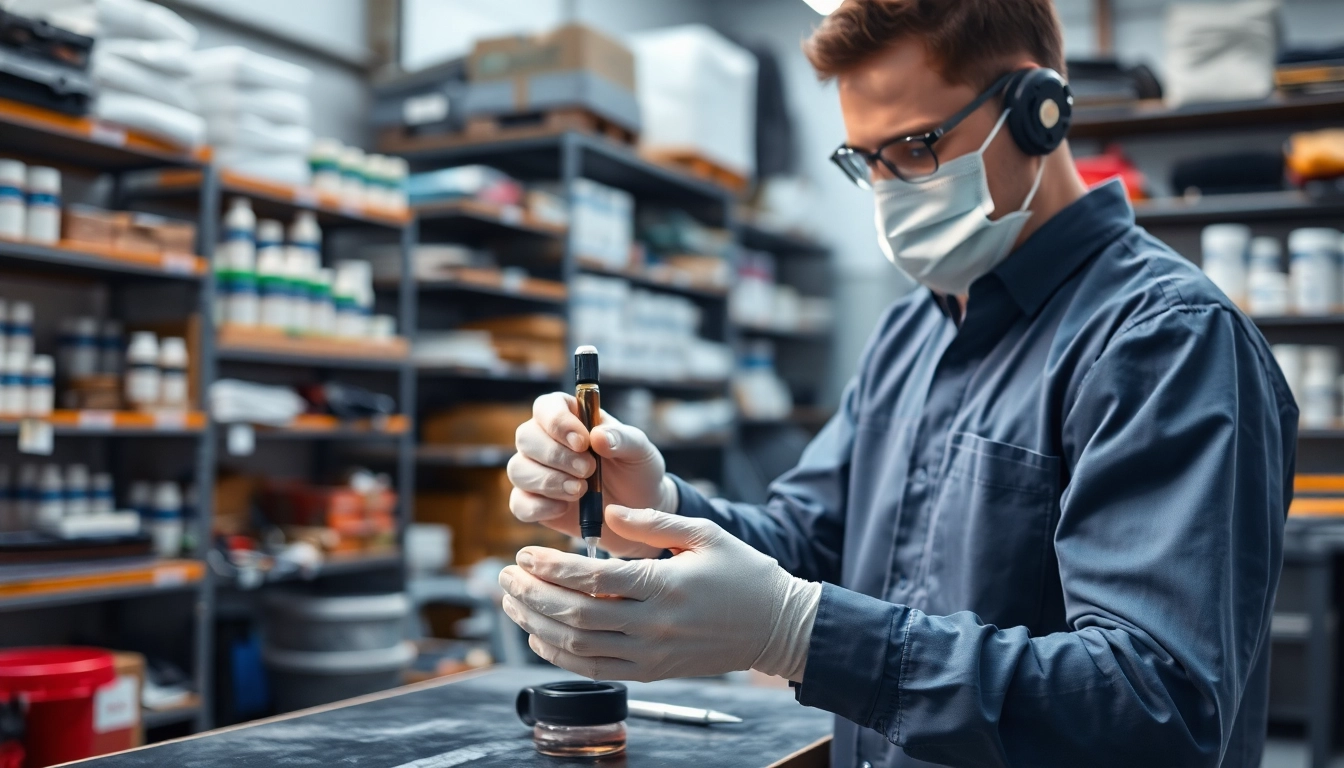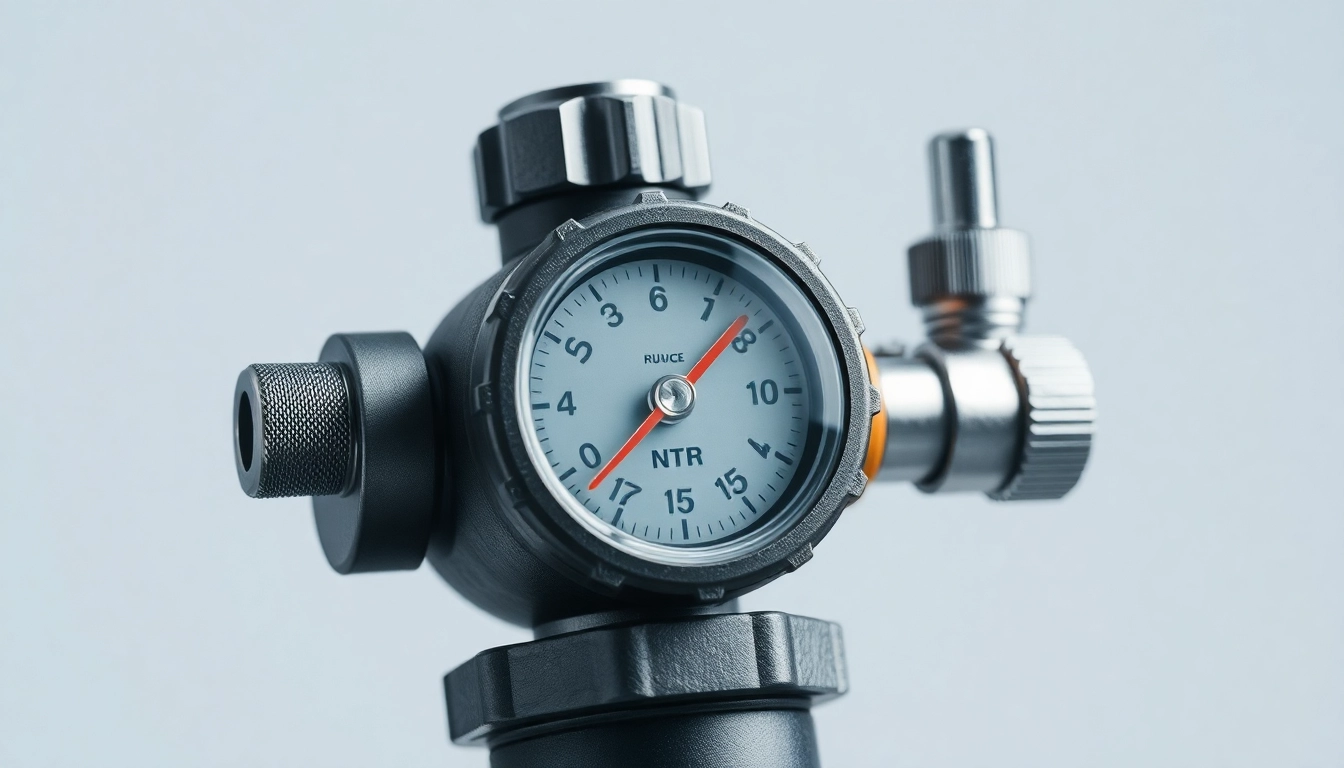Understanding Infusion Resins
Infusion resins are a type of advanced composite materials that play a critical role in the manufacturing processes utilized by various industries, such as aerospace, automotive, marine, and construction. These resins are specifically designed to exhibit low viscosity, enabling them to flow through complex molds and structures with ease. This property allows for thorough saturation of reinforcing fibers, resulting in high-performance composites. As industries continuously seek materials that offer enhanced strength, durability, and performance, understanding the nuances of infusion resins becomes paramount for engineers and manufacturers alike.
What Are Infusion Resins?
Infusion resins, often used in conjunction with methods like vacuum infusion, are thermosetting polymers that cure to create incredibly strong and lightweight materials. These resins are characterized by their low viscosity and excellent flow properties, which allow them to be injected into a pre-formed fibrous substrate under vacuum pressure. The infusion process minimizes air entrapment, ensuring a homogenous material and enhancing performance characteristics.
Applications of Infusion Resins in Industries
Infusion resins have found widespread applications across various industries:
- Aerospace: Infusion resins are crucial in manufacturing lightweight yet strong components for aircraft. These materials offer high thermal stability and resistance to environmental factors.
- Marine: The marine industry utilizes infusion resins to build boats and yachts, where weight savings and resistance to corrosion and water are critical.
- Automotive: Infusion resins are increasingly being used in the production of automotive parts, enhancing vehicle performance and fuel efficiency by reducing weight.
- Construction: In construction, infusion resins are used to create durable components such as beams and panels, often improving structural integrity and longevity.
Key Benefits of Using Infusion Resins
The advantages of infusion resins are numerous:
- Enhanced Mechanical Properties: The resulting composites exhibit improved tensile strength and resistance to impact, meeting the rigorous demands of various applications.
- Weight Reduction: Due to their lightweight nature, infusion resins aid in creating components that contribute to overall efficiency in product design.
- Environmental Resistance: Infusion resins are often engineered to withstand harsh environmental conditions, increasing the lifespan of the manufactured products.
- Reduced Material Waste: The infusion process allows for precise control over the amount of resin used, minimizing excess and ensuring the efficient use of materials.
Selecting the Right Infusion Resins
Choosing the right infusion resin is essential for optimizing performance and ensuring the desired outcomes of the manufacturing process. Various factors come into play when making this selection.
Types of Infusion Resins Available
Infusion resins can be categorized based on their chemical composition and curing characteristics:
- Epoxy Resins: Known for their superior mechanical properties, epoxy resins are widely used in high-performance applications.
- Polyester Resins: These are often used in cost-sensitive applications due to their lower price point, albeit at the expense of some mechanical properties.
- Vinyl Ester Resins: Combining properties of both epoxy and polyester, vinyl ester resins provide better chemical resistance and strength than standard polyesters.
Factors to Consider for Optimal Performance
When selecting infusion resins, consider the following factors:
- Viscosity: Lower viscosity resins flow better and can fill intricate mold designs without creating air bubbles.
- Cure Time: Depending on the production schedules, the working time and curing speed of the resin can significantly impact efficiency.
- Thermal and Chemical Resistance: Ensure that the selected resin meets the specific thermal and chemical requirements for the intended application.
- Environmental Impact: As sustainability becomes more important, selecting resins with eco-friendly properties can benefit the brand’s reputation.
Comparative Analysis with Other Resin Types
While infusion resins have distinct advantages, comparative analysis with other types reveals important distinctions:
- Versatility: Compared to other resin types, infusion resins are more adept at creating complex shapes and structures due to their low viscosity.
- Mechanical Strength: Infusion resins typically surpass standard thermoplastics in terms of mechanical strength and durability.
- Cost-Effectiveness: Although infusion resins can be more expensive upfront, their durability and performance can lead to long-term savings in applications.
Application Techniques for Infusion Resins
Mastering the application techniques for infusion resins is crucial to achieving optimal results. This involves understanding the detailed steps of the infusion process and the importance of quality control.
Vacuum Bagging Methodology
The vacuum bagging method is a widely used technique in resin infusion. This involves placing the dry reinforcement materials (fibers) in a mold, covering them with a vacuum bag, and creating a sealed environment. The following steps outline the general process:
- Mold Preparation: Ensure the mold is clean and apply a release agent to prevent bonding.
- Layering Reinforcements: Lay the fibers within the mold efficiently to avoid overlaps that may impede resin flow.
- Sealing the Mold: Place a vacuum bag over the mold and seal it to ensure no air enters the system.
- Infusion: Connect a resin feed line to the mold and activate the vacuum. As the air is evacuated, the resin is drawn into the mold, saturating the fibers.
- Curing: Allow the resin to cure in a controlled environment to assure optimal dimensional stability and performance characteristics.
Ensuring Quality Control During Infusion
Quality control is paramount throughout the infusion process. Effective measures may include:
- Monitoring Vacuum Pressure: Consistent vacuum levels are necessary to prevent air entrapment and ensure proper resin infusion.
- Visual Inspection: Regular inspection of the component during the infusion can identify issues in real-time, such as resin stagnation or curing irregularities.
- Post-Cure Testing: After curing, conducting strength and flexural tests will confirm the resin’s performance meets the specifications required.
Common Challenges and Solutions in Application
Even with the best practices, challenges may arise during the infusion process, such as:
- Air Entrapment: Proper vacuum sealing and monitoring can prevent air pockets from forming within the composite.
- Incomplete Saturation: To enhance resin flow, consider adjusting the viscosity or ensuring the optimal resin quantity is used.
- Mold Defects: Maintaining cleanliness and applying the correct release agent can minimize surface imperfections.
Performance Metrics of Infusion Resins
Understanding the performance metrics of infusion resins is essential for assessing their viability for a project. This includes evaluating their mechanical properties and ensuring they meet industry standards.
Evaluating Strength and Clarity of Infusion Resins
Infusion resins must be evaluated for key properties like:
- Tensile Strength: This measures the maximum amount of tensile stress that a material can withstand before failure.
- Impact Resistance: The ability of the resin to absorb energy and resist impact is critical for applications subjected to rapid mechanical loads.
- Optical Clarity: For certain applications, such as automotive and marine, clarity can enhance aesthetic value and product appeal.
Testing and Certification Processes
To ensure compliance with industry standards, infusion resins must undergo rigorous testing and certification processes, including:
- ISO Standards: Many industries adopt ISO certifications to ensure that processes and products meet international benchmarks.
- ASTM Testing: The American Society for Testing and Materials provides standardized tests to evaluate the properties of various materials, including infusion resins.
- Quality Assurance Protocols: Implementing internal quality assurance procedures can facilitate consistent monitoring of material performance.
Feedback from Industry Professionals
Integrating feedback from industry professionals can enhance the understanding of how infusion resins perform under different circumstances. Regular interaction through forums, workshops, and seminars can be conducive to sharing insights and improvement practices.
Future Trends in Infusion Resins Technology
The future of infusion resins holds exciting potential as technology continues to evolve. Manufacturers must stay attuned to emerging trends and innovations.
Emerging Innovations in Resin Formulations
Innovative resin formulations that leverage advanced materials, including bio-based components or nano-engineered additives, are on the rise. These enhancements can lead to:
- Improved Performance: By incorporating advanced materials, resin properties such as strength and durability can be significantly enhanced.
- Customization: Manufacturers can tailor resin properties to meet specific application needs, a growing demand in custom fabrication industries.
- Faster Curing Times: Advancements may lead to resins that cure faster without compromising performance, ideal for high-throughput manufacturing environments.
Sustainability in Infusion Resin Production
With a global emphasis on sustainability, manufacturers are increasingly focusing on environmentally friendly practices:
- Bio-Based Resins: The development and utilization of bio-based resins that reduce reliance on fossil fuels are gaining traction.
- Recycling Practices: Implementing processes to recycle infusion resin products can reduce waste within the industry.
- Reduced Emissions: Eco-friendly production technologies that minimize harmful emissions during resin manufacturing are being prioritized.
Consumer Demand and Market Dynamics
As consumer awareness regarding environmental impact increases, products featuring infusion resins that provide enhanced strength and sustainability will likely experience growing demand. Staying informed about market trends can help manufacturers adapt their offerings effectively.



